Sheep to Save the Day at the San Marcos Foothills Preserve
Channel Islands Restoration Partners with Cuyama Lamb for Grassland Restoration and Fire Control
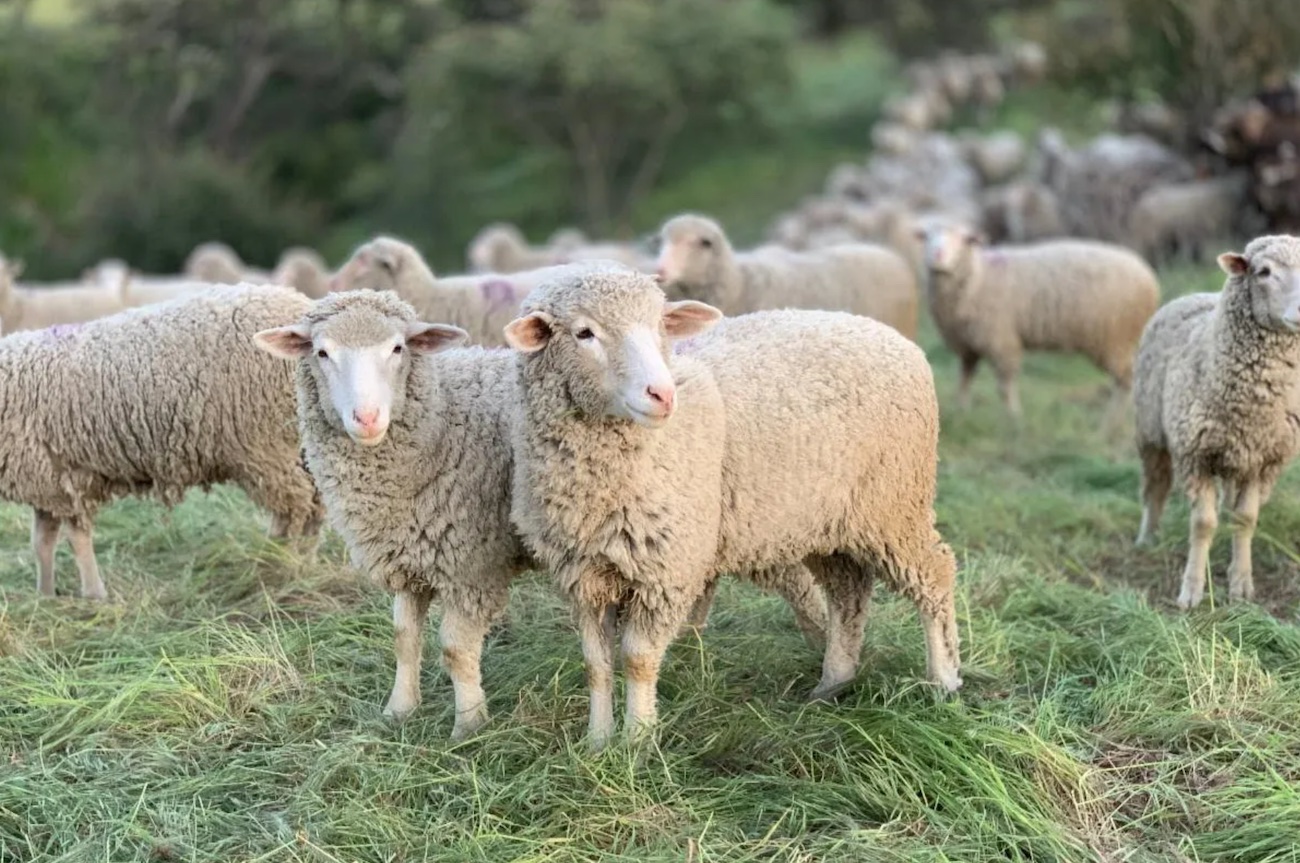
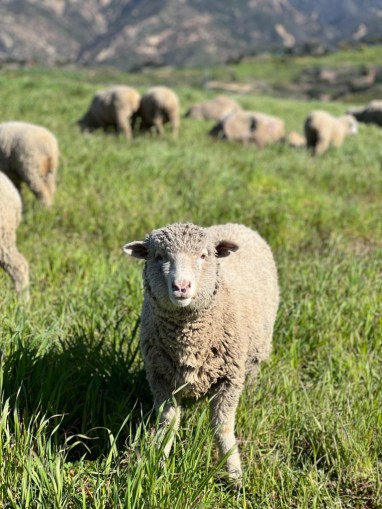
Once occupying millions of acres, native grasslands have all but disappeared in California, pushed out by hasty urban sprawl and invasive grass species. The resulting fields of non-native grasses offer little habitat for wildlife, increase fire risk, and largely inhibit the functioning of an ecosystem. One of the largest grasslands in Santa Barbara County and surrounding areas, the San Marcos Foothills Preserve, largely consumed by invasive grasses, is part of a mission by Channel Islands Restoration to bring back native grasslands and, by proxy, its native wildlife.
The San Marcos Foothills Preserve is managed by the Channel Islands Restoration nonprofit, which works with volunteers to restore land on the Channel Islands and the Central Coast through native plant installation and invasive plant management. This is where the sheep come in; partnering with Cuyama Lamb since 2018, the nonprofit is able to efficiently and cost-effectively scale back hundreds of acres of invasive grasses with the help of several hundred hungry sheep. Compared to cows (damagingly heavy) and goats (root eaters) sheep are lightweight and only eat the grass. Careful management of the animals ensures that this is best practice; sheep are continuously monitored and rotated, sheared to prevent the carrying of invasive seeds, and excluded from delicate areas.
Grazing of the tall invasive grasses, which grow rapidly, creates the space necessary for slow-growing, small, native species to fill in. While native grasses have deep root systems, allowing them to widely pull water and exist perennially, annual non-natives leave the topsoil sucked dry and covered in a layer of highly flammable thatch as they die off each season. In a letter to Channel Islands Restoration, Santa Barbara County Fire Division Chief Rob Hazard explained seeing the effects of grazing play out in the 2018 Cave Fire at the San Marcos Foothills: “By all accounts, most firefighters were convinced the fire would burn into the developed neighborhoods in the North La Cumbre area and had the potential to result in significant structure loss. This did not happen, no structures were lost, and the primary reason was the buffer provided by the grazed areas in the preserve.”
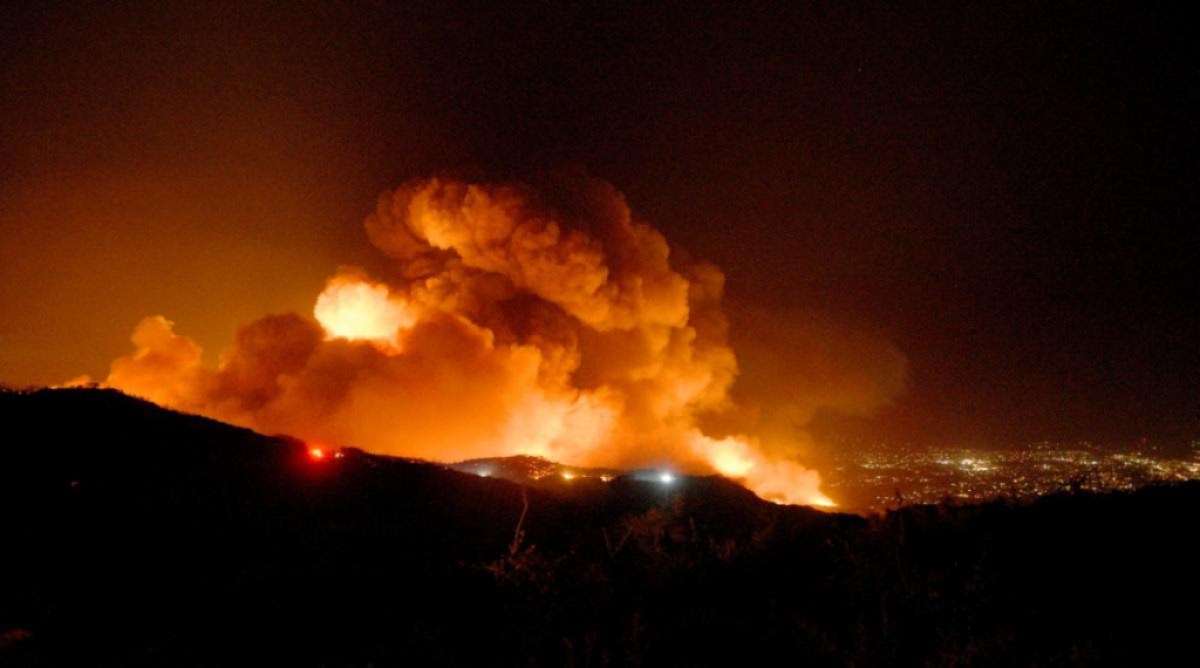
The thatch layer produced by invasive grasses is not only a dangerous fire risk to surrounding communities but also a major deterrent to native wildlife. One such animal is the burrowing owl, which relies on low and open native vegetation for visibility and nesting. As native grasslands disappear, so too do the wildlife that rely on this specific ecosystem — burrowing owls have sharply declined in recent decades. The practice of prescribed grazing by Channel Islands Restoration has seen a successful increase in native grasses and biological diversity, both of which are closely followed by the nonprofit. “We work very carefully to inventory the area ahead of time so we can see if the environments are approved” said Executive Director Ken Owen.
This year’s prescribed grazing will be taking place at the recent West Mesa addition to the preserve, made possible by community fundraising to keep it away from development. Channel Islands Restoration doesn’t need help watching the sheep (they are fenced in and protected by farm dogs), but they are asking for volunteer docents to stand post and educate the public. You can sign up for a three-hour shift as a sheep docent at cirweb.org and reach out to volunteer@cirweb.org with any questions.

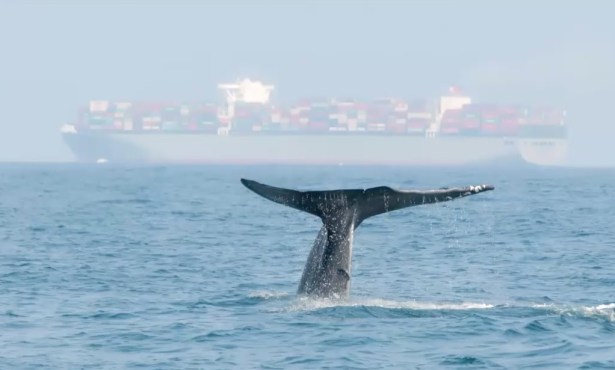
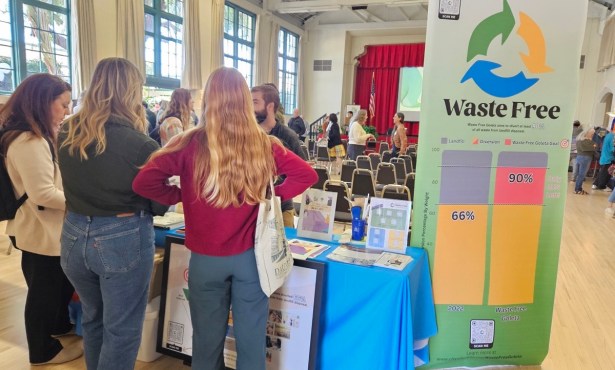
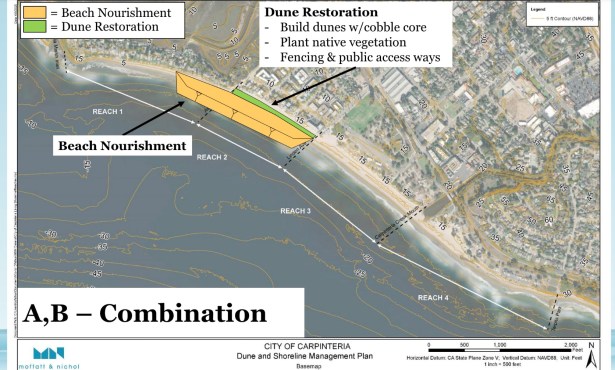
You must be logged in to post a comment.